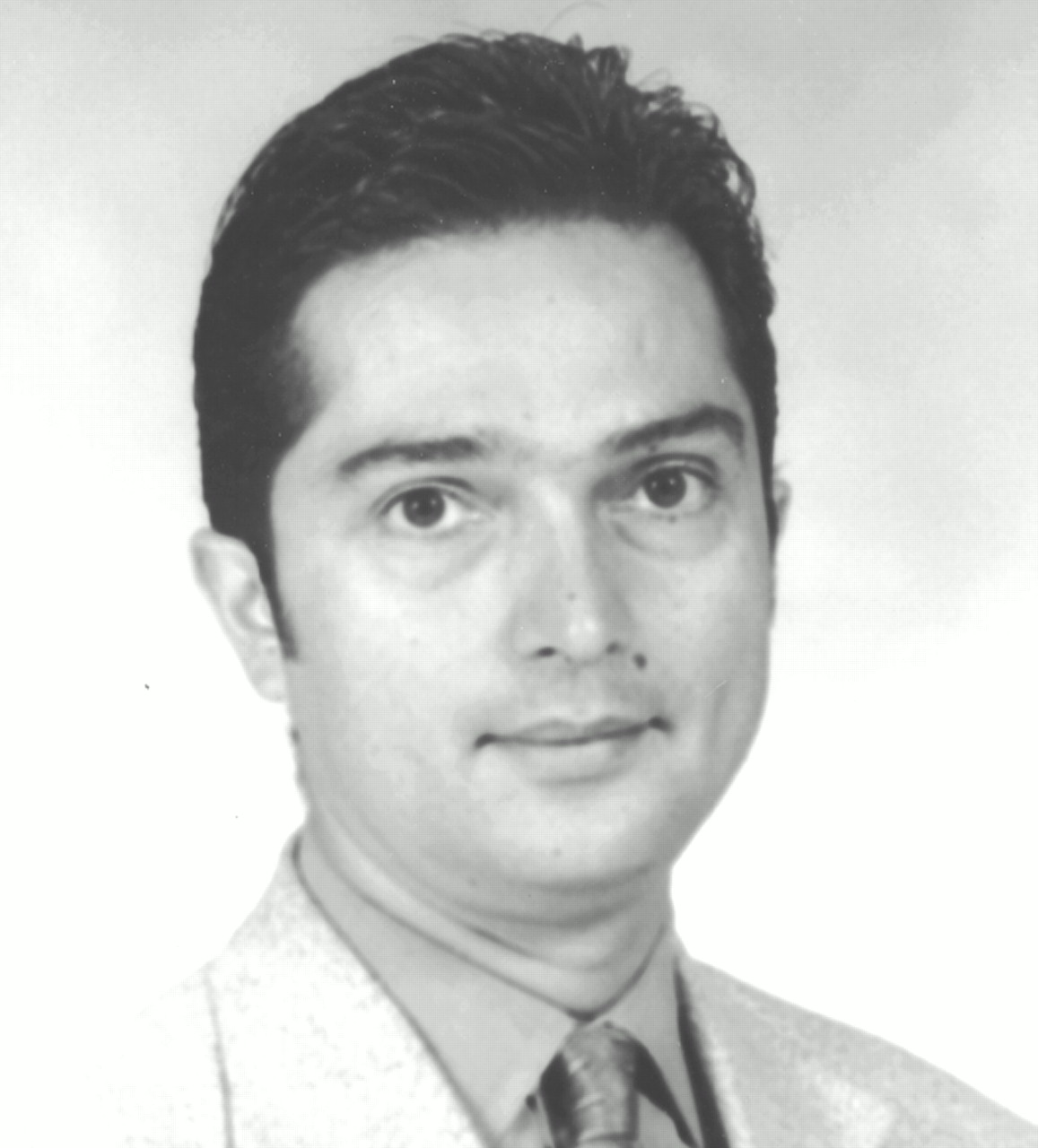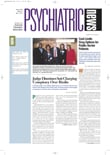Sin deseo y sin memoria,” meaning “without memory or desire,” is what I heard Dr. Hernan Davanzo say to us most often. I later learned that he was quoting Wilfred Bion. Back in 1986, however, I knew only that he was trying to inculcate in us the mindset with which a therapist ought to enter each session with a patient.
I met Dr. Davanzo, a well-known senior psychoanalyst, shortly after I started my psychiatry residency training in Santiago, Chile. Admired by many for his clinical skills, he had a certain presence and was mindful in a way that I had never encountered before. He set the tone for the first of what would be two vastly dissimilar psychotherapy trainings in my career, the first in Chile and the second in the United States.
In contrast to other residency programs in Chile, the first year of mine was devoted to outpatient care. After only a week of orientation, we were assigned patients who needed psychotherapy, medication management, or both. Following an initial evaluation, which was performed by a resident or a psychology trainee, a multidisciplinary team discussed the diagnosis and treatment plan for each new patient.
Notably, the assessment and treatment plan had to include psychotherapeutic recommendations. Two theoretical models were emphasized: systems theory for family and couples therapy, and psychodynamic principles for individual and group psychotherapy. Crisis-intervention, short-term, and open-ended modalities were expected to be pursued as appropriate.
We were mostly exposed to apprenticeship, an educational paradigm that emphasizes the direct observation of skilled clinicians interacting with patients by trainees, followed by feedback from clinicians’ observations of skills used by trainees.
Residents were present when senior therapists conducted assessments and provided treatment for families and couples based on systems theory. Dr. Davanzo and others interviewed patients behind a one-way window while the residents observed and provided practical advice with psychodynamic psychotherapy patients during group supervision.
Most of us started to moonlight sometime after the first year of training and developed our own private practices, treating most patients with a combination of psychotropic medication and insight-oriented psychotherapy.
Three of us paid a candidate in the local psychoanalytic institute for weekly group supervision of our private patients. During my residency, I became progressively involved in psychiatry research. I developed my own line of research in biological rhythms and the sleep-wake cycle, which eventually evolved into postdoctoral clinical research at the University of California at San Diego.
There is yet no standard definition of psychotherapeutic competence at the end of a general adult psychiatry residency in Chile and, for that matter, in the United States. The psychotherapy competence level that this first training afforded me, therefore, cannot be easily assessed. Be that as it may, during my second training, attendings, supervisors, and some peers have remarked on my ability to deal successfully with a wide variety of challenging clinical and psychotherapeutic situations.
Whenever I reflect back on it, I realize how seemingly unsophisticated and straightforward my psychotherapeutic training in Chile was. How, then, to explain its effectiveness? I believe the answer lies in the amount and quality of time that trainees were able to spend with attendings in front of patients.
Importantly, there seems to be a scientific explanation for why this factor might be crucial in psychotherapeutic training. According to cognitive neuroscience, procedural knowledge is unconscious and becomes inefficient when expressed in verbal terms or made conscious. Its learning takes place in two basic modalities. The first occurs whenever the goals of a new and an older procedure conflict, which requires the deliberate enactment of the new procedure and the active suppression of the older one. Initially the new procedure is inefficient, and the older one may be intrusively enacted. Eventually, both the enactment of the new procedure and the suppression of the old one become fully automatic. This insight-mediated process requires time and motivation. These requirements increase sharply in the case of procedures that involve strong emotions.
The second type of learning is not insight mediated. It results from observing repeatedly a procedure being enacted by someone else. This process has not been fully characterized, and its mechanism is poorly understood.
This procedural learning is facilitated by a relationship characterized by genuineness and reciprocity, in which negative aspects of the other are not massively disavowed or negated.
Learning a new procedure in psychiatry, or medicine in general, involves an integration of knowledge, skills, and attitudes. In the case of psychotherapy training, I acquired my knowledge by readings, much in the same way it is done here. Freud in Spanish or English reads pretty much the same. The acquisition of my psychotherapeutic skills and attitudes, however, took place in an educational setting vastly different from most of psychiatric training settings in the U.S. Cost-containment efforts by managed care and the financing of medical education impose significant restrictions on the amount and time experienced clinicians can spend with trainees—a component that is crucial to skill acquisition. It also facilitates the development of deeper and meaningful relationships between attendings and residents. These relationships become the instruments by which attitudes and values are transmitted and learned.
The adjustments I had to make during my second residency training were consistent with the cultural shock I experienced when I first came to this country.
An increasing number of trainees, educators, researchers, and policymakers are taking the problems in American medical and psychiatric education as an opportunity to increase the professionalism and rigor with which their “soft” aspects are researched, taught, and assessed. The ACGME now requires the assessment of competence in graduate medical training in interpersonal and communication skills across medical specialties. In psychiatry residency training, the assessment of psychotherapy competence in five modalities will be required as well. These remarkable changes may create the much-needed conditions to improve the balance between biomedical and psychosocial aspects of psychiatric training. ▪

